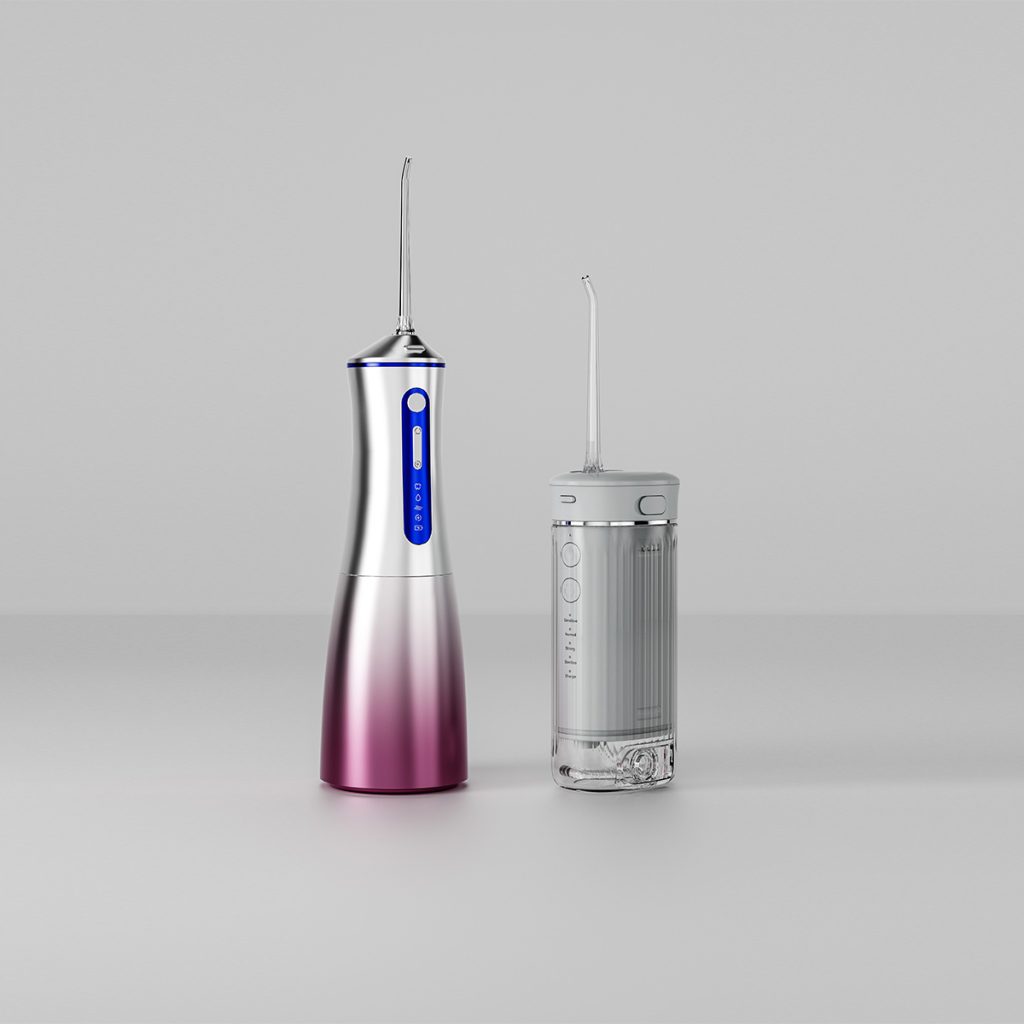In an era of global supply chain disruptions, parts shortages and OEM liability have emerged as major challenges for manufacturers and suppliers alike. From delayed shipments to increased costs and production halts, these issues are placing immense pressure on businesses striving to maintain efficiency and profitability. This article explores the causes and impacts of these challenges and provides strategic solutions to mitigate risks and enhance supply chain resilience.
The Growing Impact of Parts Shortages
The global manufacturing sector is grappling with unprecedented parts shortages due to multiple factors. Raw material scarcities, transportation delays, and geopolitical tensions have significantly slowed down the production and distribution of essential components. As a result, manufacturers are forced to delay product launches, scale down production, or even suspend operations altogether.
For industries relying on just-in-time (JIT) manufacturing, such disruptions create bottlenecks that are difficult to recover from. To stay competitive, businesses must diversify their sourcing strategies, build stronger supplier relationships, and invest in alternative materials to reduce dependency on a single supply chain.
OEM Liability in a Disrupted Market
As supply chain disruptions continue, OEM liability is becoming a growing concern. Many OEMs (Original Equipment Manufacturers) face contractual obligations to deliver products on time, but when parts shortages arise, meeting these commitments becomes increasingly difficult.
Liability issues arise when suppliers fail to meet delivery schedules or provide defective parts, leading to delays in production and potential financial penalties. In some cases, OEMs may be forced to compensate their clients for lost revenue, warranty claims, or regulatory non-compliance, further straining their financial stability.
How Parts Shortages Expose OEM Risks
The impact of parts shortages on OEMs extends beyond delayed production. When key components are unavailable, companies often resort to alternative suppliers, which can lead to:
- Quality inconsistency: Using unverified suppliers can result in substandard materials that fail to meet industry standards.
- Regulatory complications: OEMs may face compliance risks if alternative parts do not meet safety or environmental regulations.
- Increased costs: Last-minute sourcing or expedited shipping significantly raises production expenses, reducing profit margins.
To counter these risks, OEMs should adopt proactive quality control measures and work closely with suppliers to ensure consistency and compliance.
Strengthening Supplier Relationships for Better Stability
To minimize the risks associated with parts shortages, OEMs and manufacturers must establish robust supplier networks. This can be achieved through:
- Multi-source procurement: Avoiding over-reliance on a single supplier by developing relationships with multiple vendors.
- Long-term partnerships: Building strong alliances with key suppliers to secure priority access to essential components.
- Supply chain digitization: Leveraging AI-driven forecasting tools to anticipate disruptions and adjust procurement strategies accordingly.
These strategies help create a more resilient supply chain, ensuring stability even in uncertain market conditions.
Legal and Contractual Approaches to Managing OEM Liability
OEMs must also reassess their contractual frameworks to mitigate OEM liability risks. Some key legal strategies include:
- Flexible contracts: Incorporating force majeure clauses to account for unforeseen supply chain disruptions.
- Liability-sharing agreements: Establishing clear responsibilities with suppliers to distribute risks more equitably.
- Insurance coverage: Investing in supply chain insurance to cover potential financial losses arising from unexpected component shortages.
By strengthening legal safeguards, OEMs can better navigate liabilities and reduce financial exposure during supply chain crises.
Future-Proofing Supply Chains for Long-Term Success
Looking ahead, manufacturers must prioritize long-term solutions to combat parts shortages and mitigate OEM liability risks. Key steps include:
- Investing in local sourcing: Reducing dependency on global suppliers by developing regional manufacturing hubs.
- Advancing inventory strategies: Implementing buffer stock policies and demand forecasting tools to maintain production continuity.
- Exploring technological innovation: Adopting automation and AI-powered logistics to optimize resource allocation and prevent supply chain bottlenecks.
By taking a proactive and strategic approach, businesses can strengthen their supply chain resilience, ensuring long-term success even amid market uncertainties.
In conclusion, parts shortages and OEM liability are presenting significant challenges for manufacturers, threatening supply chain efficiency and business continuity. However, by diversifying sourcing strategies, reinforcing supplier relationships, implementing legal safeguards, and investing in advanced technologies, businesses can mitigate risks and enhance their resilience in an unpredictable market.https://www.powsmart.com/product/electric-toothbrush/







